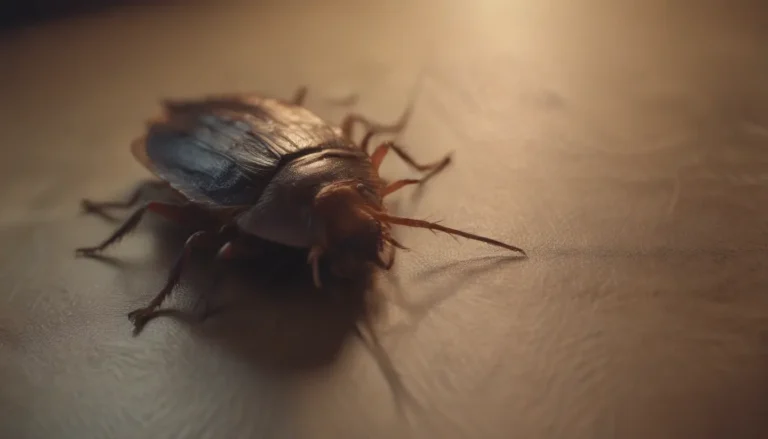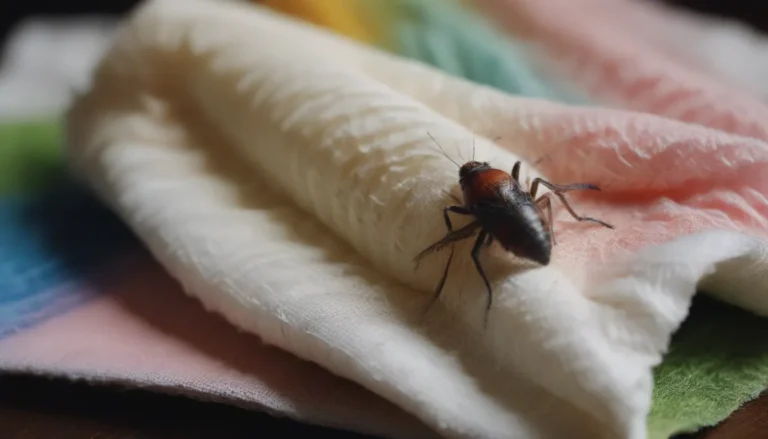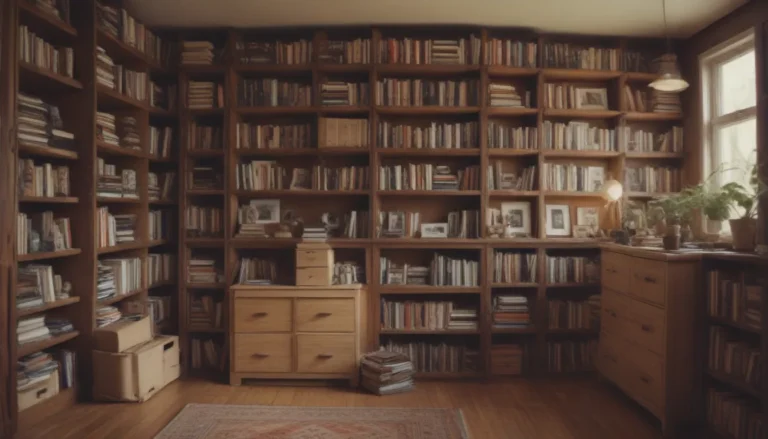The Ultimate Guide to Dusting: Tips, Tricks, and Techniques

Dust – it’s a pesky problem that seems to always find its way into our homes. Made up of various particles like shed skin cells, pet dander, insect droppings, pollen, lint, and soil particles, dust can accumulate on every imaginable surface. Unless you’re aiming for a spooky Halloween haunted house vibe, regular dusting is crucial to keep your home clean and allergen-free. In this comprehensive guide, we’ll explore the best ways to tackle dust in your home, from golden rules for dusting to specific techniques for different surfaces. Let’s dive in!
6 Golden Rules for Effective Dusting
Follow these general guidelines to ensure your dusting efforts are efficient and effective. For more specific tips on dusting different areas, keep reading for detailed techniques.
- Use the Right Tools: Choose a duster that will capture and trap dust to prevent it from being spread around as you clean.
- Stick to a Dusting Schedule: Dust each room in your home at least once a week to prevent heavy buildup.
- Take it One Room at a Time: Create a schedule to dust one or two rooms each day to avoid feeling overwhelmed.
- Deal with Heavy Dust Buildup: Use a vacuum with a hose attachment to tackle thick layers of dust before wiping surfaces clean.
- Reach High and Low: Invest in extendable dusters to easily clean high or low spots like ceiling fans and baseboards.
- Protect Electronics: Dust electronics regularly with an electrostatic disposable duster or microfiber cloth to prevent overheating and malfunctions.
Choosing the Best Duster for the Job
Selecting the right type of duster is key to making your dusting routine easier and more effective. Here are some options to consider:
- Microfiber Dusters: These dusters are great for capturing and trapping dust without spreading it around.
- Disposable Dusters: Convenient and effective for quick dusting sessions.
- Extendable Dusters: Perfect for reaching high and low spots without straining yourself.
- Upholstery Brushes: Essential for dusting upholstered furniture and removing pet hair.
Creating a Dusting Schedule
Maintaining a consistent dusting schedule is essential to preventing the buildup of dust in your home. Here’s how to create an effective dusting routine:
- Dust Each Room Weekly: Make a plan to dust one or two rooms each day to stay on top of the task.
- Don’t Forget Vertical Surfaces: Remember to dust mirrors, picture frames, and bookshelves during your weekly cleaning sessions.
- Use a Checklist: Keep track of when each room was last dusted to ensure no area is overlooked.
- Involve the Whole Family: Get everyone involved in the dusting routine to lighten the workload.
Techniques for Tackling Tough Dust Buildup
If you’re facing a thick layer of dust that seems daunting to clean, follow these steps to make the job easier:
- Start with a Vacuum: Use a vacuum with a hose and upholstery brush attachment to remove the bulk of the dust.
- Work Slowly: Move the brush slowly over the dusty surface to avoid scratching and ensure thorough cleaning.
- Follow Up with a Cloth: Use a microfiber cloth or disposable duster to capture any remaining particles left behind by the vacuum.
Mastering Hard-to-Reach Places
Cleaning high or low spots in your home doesn’t have to be a challenge with the right tools and techniques. Here’s how to tackle hard-to-reach areas:
- Ceiling Fans and Light Fixtures: Use an extendable duster with a bendable handle to easily clean ceiling fans, light fixtures, and other high surfaces.
- Baseboards and Door Moldings: Secure a microfiber cloth to a broom handle with a rubber band to clean baseboards and door moldings without bending over.
- Sliding Doors and Shower Enclosures: Use the same technique to clean the tracks of sliding doors and shower stall enclosures for a thorough dusting.
Dusting Upholstered Furniture Like a Pro
Maintaining clean upholstered furniture is essential for a fresh and inviting living space. Here’s how to dust your upholstered pieces effectively:
- Use a Vacuum: If you have a vacuum with an upholstery attachment, vacuum your furniture regularly to remove dust and pet hair.
- Rubber Gloves Method: Put on a pair of rubber dishwashing gloves and rub them over the furniture to attract dust and pet hair.
- Rinse and Repeat: Rinse off the gloves and continue until the entire piece is clean for a quick and effective dusting session.
Keeping Electronics Dust-Free
Electronics are particularly susceptible to dust buildup, which can affect their performance and lifespan. Follow these tips to keep your electronic devices clean:
- Follow Manufacturer’s Guidelines: Check the manufacturer’s instructions for cleaning your specific electronics.
- Use Electrostatic Dusters: Clean electronics with electrostatic disposable dusters or microfiber cloths to avoid damage from moisture.
- Avoid Water or Sprays: Never use water or dusting sprays on electronics, as they can cause damage to delicate components.
By following these tips and techniques, you can tackle dust in your home effectively and efficiently. Remember to maintain a regular dusting schedule, choose the right tools for the job, and pay attention to hard-to-reach areas to keep your living space clean and allergen-free. Happy dusting!





